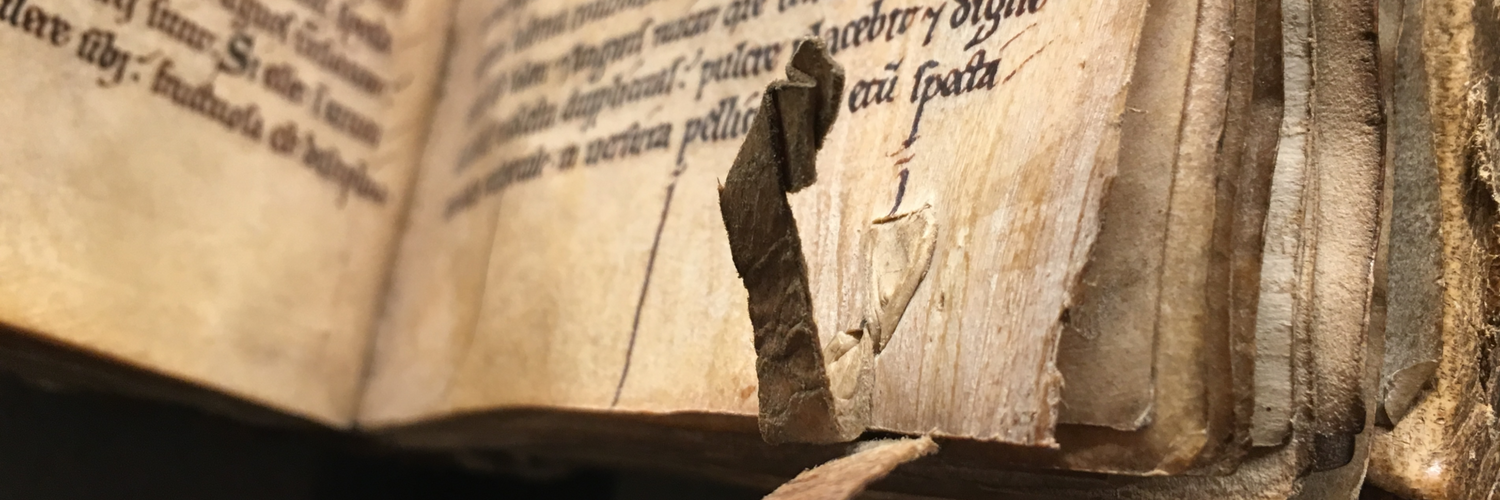
🇨🇦 Oschinsky Research Associate, Cambridge University Library & Fellow of Girton College, Cambridge · Cataloguer of #MedievalManuscripts for the rare books trade · #PhD: University of Victoria, 2021 · olim: University of Toronto, Universiteit Leiden, Université d’Ottawa · Research: #Codicology #Palaeography #BookHistory #Quantitative humanities, Statistics, Manuscript Science, #DigitalHumanities | tfr
This profile is from a federated server and may be incomplete. View on remote instance
